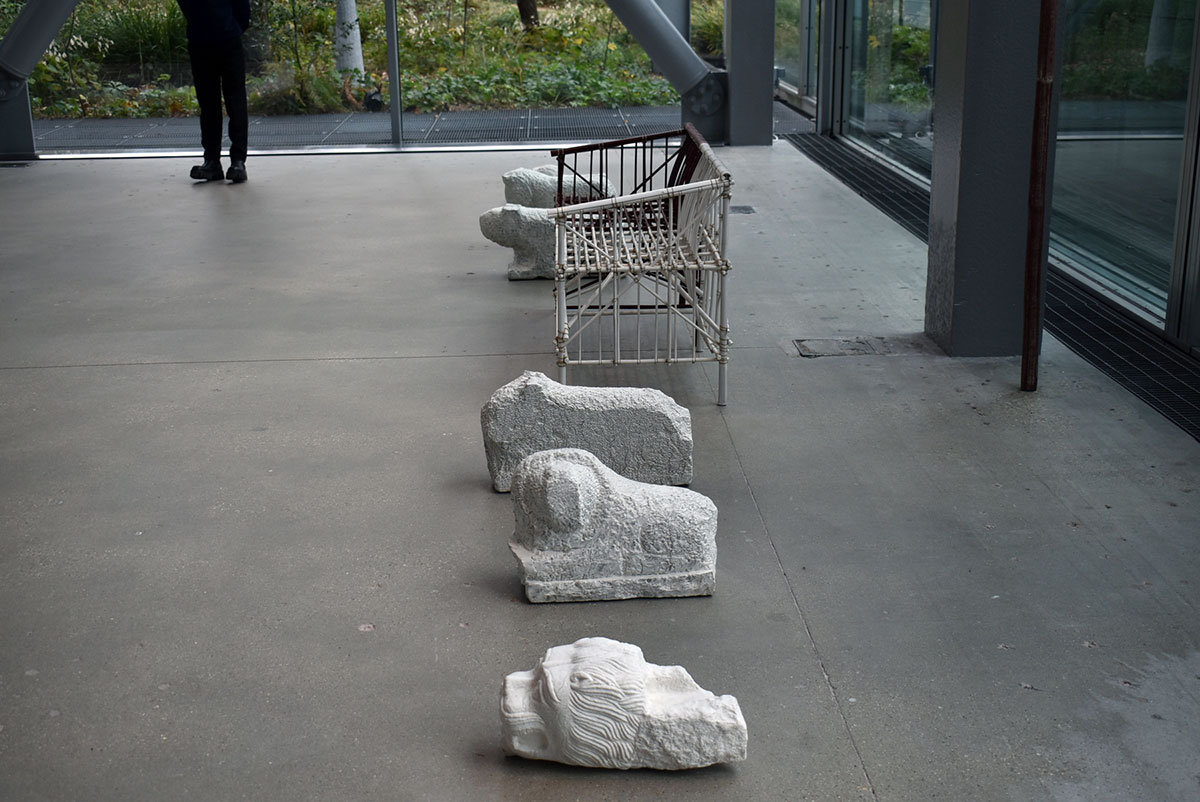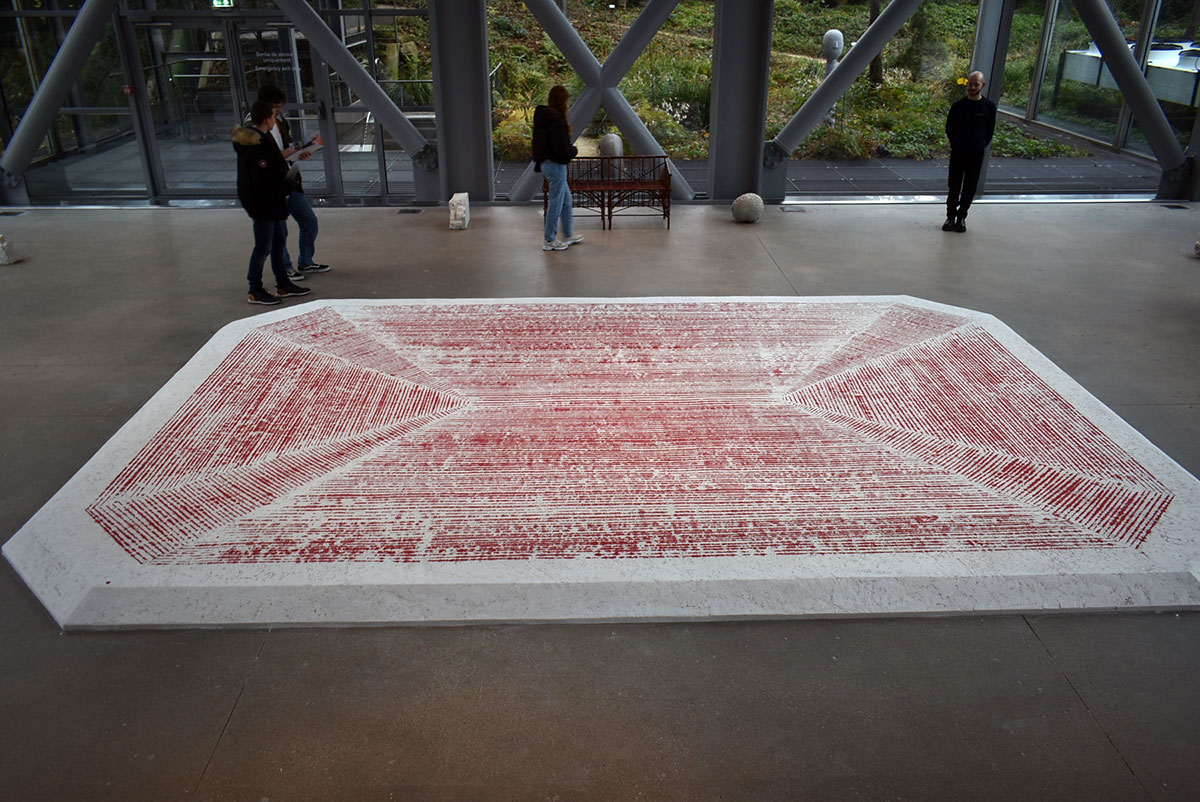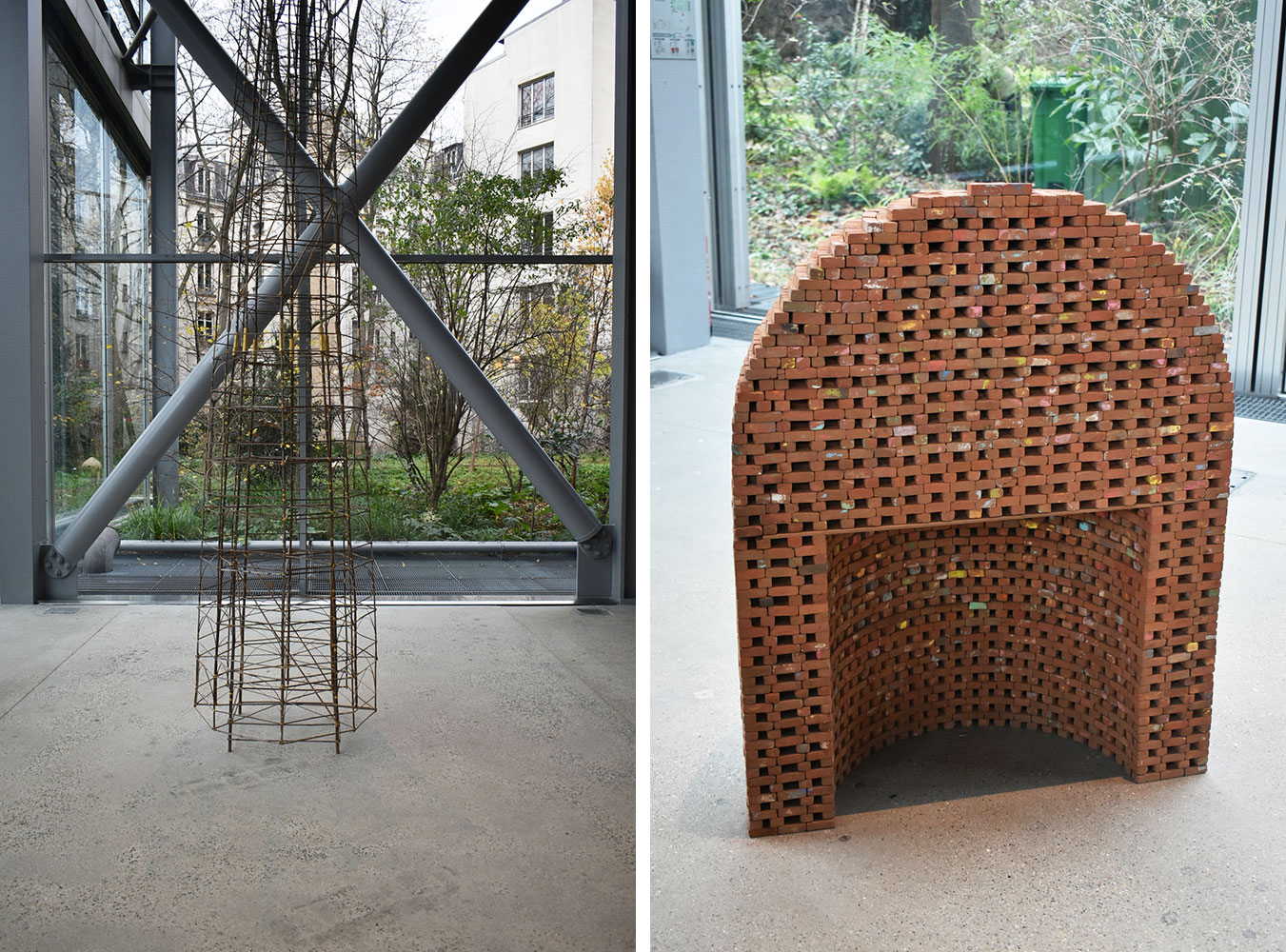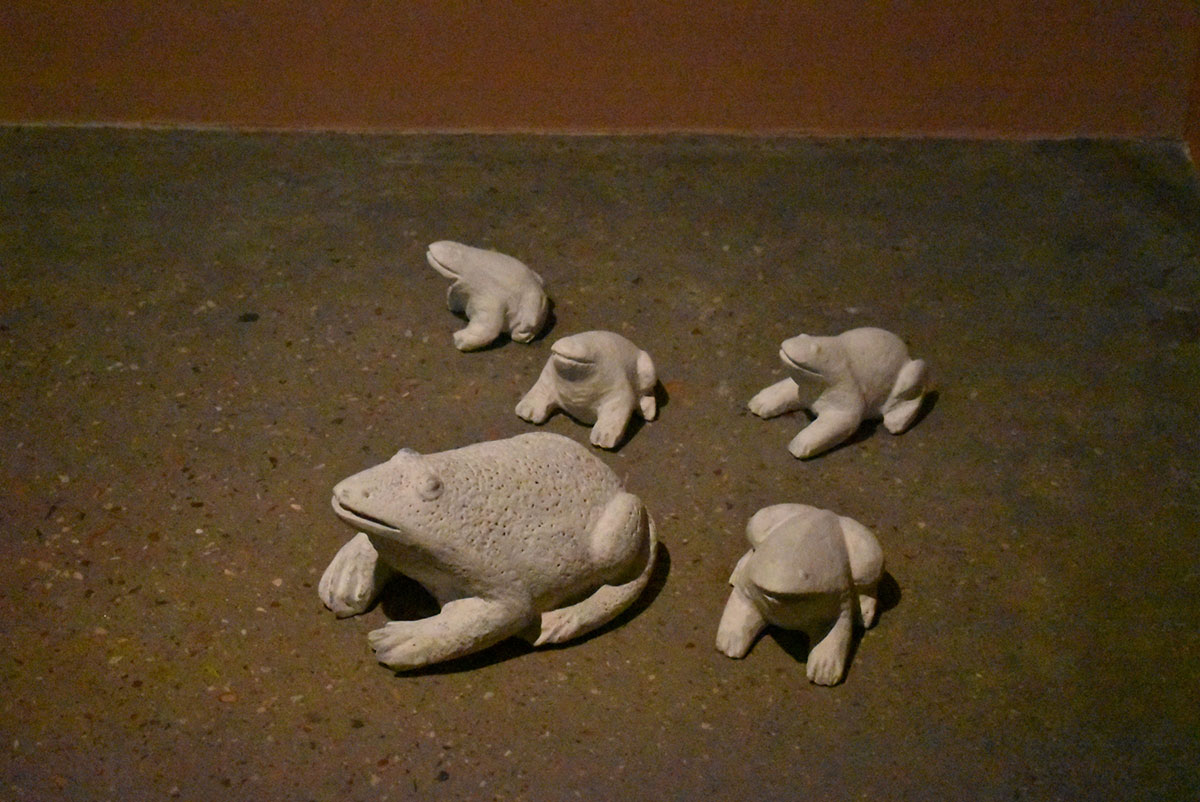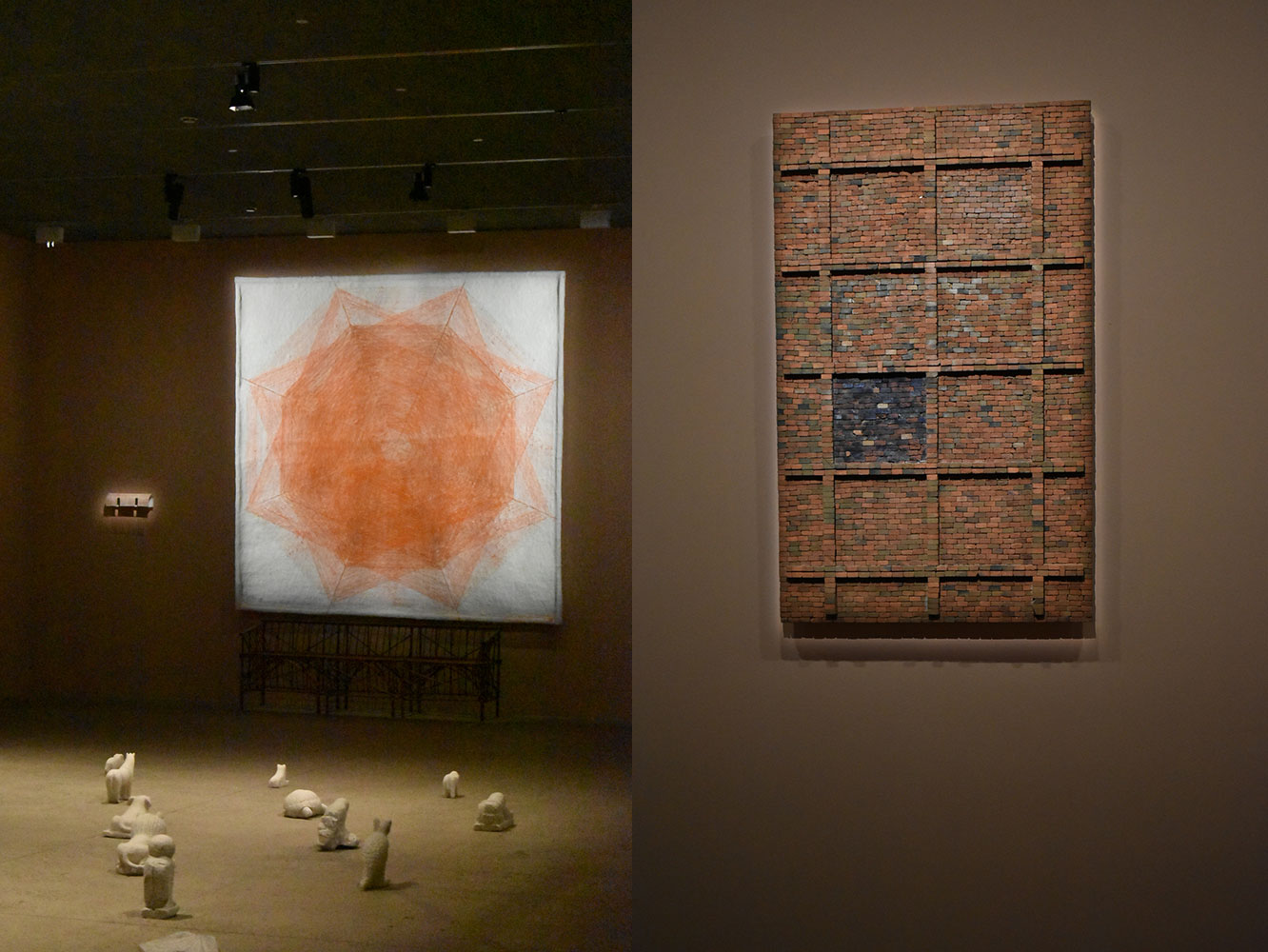ARCHITECTURE: Bijoy Jain and Studio Mumbai-Breath of an Architect
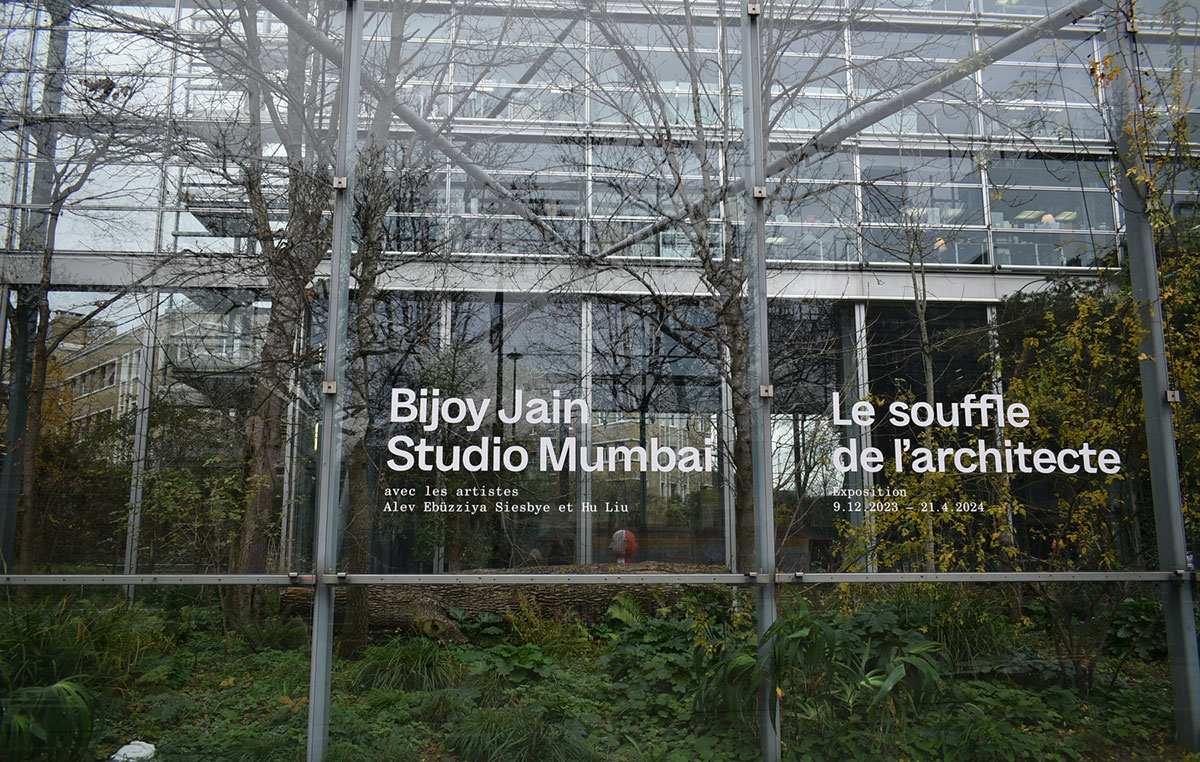 Born in Mumbai, India, in 1965, Bijoy Jain studied architecture in the United States, at Washington University in St. Louis. Between 1989 and 1995, he developed his architectural practice in Los Angeles, in Richard Maier’s model workshop, making models for the Getty Museum, while studying under Studio Works founder Robert Mangurian. He also worked in London before returning to India in 1995. That same year he created Studio Mumbai, staffed by skilled architects, engineers, master builders, artisans, technicians, and artists across continents. The studio is a space for research, in which creation is based in an iterative process, where ideas are explored through the production of scale models, objects, material studies, and drawings.
Born in Mumbai, India, in 1965, Bijoy Jain studied architecture in the United States, at Washington University in St. Louis. Between 1989 and 1995, he developed his architectural practice in Los Angeles, in Richard Maier’s model workshop, making models for the Getty Museum, while studying under Studio Works founder Robert Mangurian. He also worked in London before returning to India in 1995. That same year he created Studio Mumbai, staffed by skilled architects, engineers, master builders, artisans, technicians, and artists across continents. The studio is a space for research, in which creation is based in an iterative process, where ideas are explored through the production of scale models, objects, material studies, and drawings.
By Efi Michalarou
Photo: Dimitris Lempesis Archive
Bijoy Jain has imagined the exhibition “Breath of an Architect” as a physical and emotional experience. The exhibition is an invitation to breathe, to wander in quietude and rediscover silence: “Silence has a sound, we hear its resonance in ourselves. This sound connects all living beings, it is the breath of life. It is synchronous in all of us. Silence, time and space are eternal, as is water, air and light our elemental construct. This abundance of sensory phenomena, dreams, memory, imagination, emotions and intuition stem from this pool of experiences, embedded in the corners of our eyes, in the soles of our feet, in the lobes of our ears, in the timbre of our voices, in the whisper of our breath and in the palm of our hand”. Convening light and shadow, lightness and gravity, wood, brick, earth, stone, and water, the architect composes a sensory experience, in resonance with the materials. Crafted in rhythm with the breath and shaped by hand, the exhibition’s installation is composed of architectural fragments. Stone and terracotta sculptures, facades of traditional Indian dwellings, rendered panels, lines of pigment drawn with thread, bamboo structures inspired by tazias—funerary monuments carried on the shoulders in memory of a Saint during Shiite muslim processions, these transitory, ephemeral structures present a world that is both infinite and intimate, and carry us to places both near and far. On a suggestion from, the curator, Bijoy Jain has also invited Chinese painter living in Beijing Hu Liu and Turkish-born Danish ceramist living in Paris Alev Ebüzziya Siesbye to join him in creating the exhibition. All three give the same importance to the ritual mastery of gesture, to resonance, and dialogue with material; they share the same ethos and sensibility. Hu Liu’s monochrome black drawings are created using graphite, repeating iterations of the same movement to reveal the essence of natural elements: grass caressed by the wind, the rolling of the waves, or the silhouette of tree branches, conveying a timeless solemnity. Alev Ebüzziya Siesbye’s ceramics are also the culmination of great skill and dexterity, as well as an intense dialogue with the clay, weightlessness in the experience of her work. For Bijoy Jain, the physical world we inhabit is a palimpsest of our cultural evolution. Humanity moves through a landscape in constant evolution, one whose successive writings are intertwined.
Over the years, Alev Ebüzziya Siesbye has perfected an intense dialogue with material, through ritual mastery of gesture. Rigor, repetition, and patience are marks of quality for this artist, who from the beginning, found inspiration in the cultures of Mesopotamia, Egypt and Anatolia. In this dialogue with clay, the artist emphasizes the importance of water as a basis for erecting earth, just as in architecture. Alev Ebüzziya Siesbye’s ceramics are curvaceous, thin-walled, wide-rimmed bowls that invite the viewer to contemplate the silence of the space held within. Embodying a certain latency, each bowl demonstrates a paradoxical stance, between grounded equilibrium and ethereal ascension. Their sensual sleekness leads to a sensation of weightlessness. Bijoy Jain presents Alev Ebüzziya Siesbye’s weightless pieces on a plinth made from miniature hand-fired bricks. These are meticulously assembled, each brick held with a mortar of finely powdered burnt clay mixed with lime and water. Hu Liu’s monochrome black drawings are created using graphite, repeating iterations of the same movement, line by line, to reveal the essence of natural elements: the grass caressed by the wind, the rolling of the waves, or the silhouette of the branches of a tree. Though the entire surface of each drawing is covered and can appear monochrome, her works are not black: they are, according to the artist, xuán. The word can mean “dark” or “mysterious,” and evokes the philosophy of Laozi and Zhuangzi, which encourage carefree wandering, “inaction” (無 為, wúwéi), natural spontaneity based on quietude and the absence of thought. “The spatial and temporal changes caused by the growth of a life-form is marvelous and magical, like the creation of artwork; they are all driven by the forces generated from the primitive power of life.” A drawing inscribed directly on the ground echoes the Wagh Bakri, the tiger and goat game and invites visitors to become participants just by their presence.
Photo: Bijoy Jain and Studio Mumbai, Breath of an Architect, Exhibition view Fondation Cartier Pour L’art Contemporain-Paris, 2023, Photo: © & Courtesy Dimitris Lempesis
Info: Curator: Hervé Chandès, Assistant Curator: Juliette Lecorne, Fondation Cartier Pour L’art Contemporain, 261 Bd Raspail, Paris, France, Duration: 9/12/2023-21/4/2024, Tue 11;00-20:00, Wed-Sun 11:00-20:00, www.fondationcartier.com/


